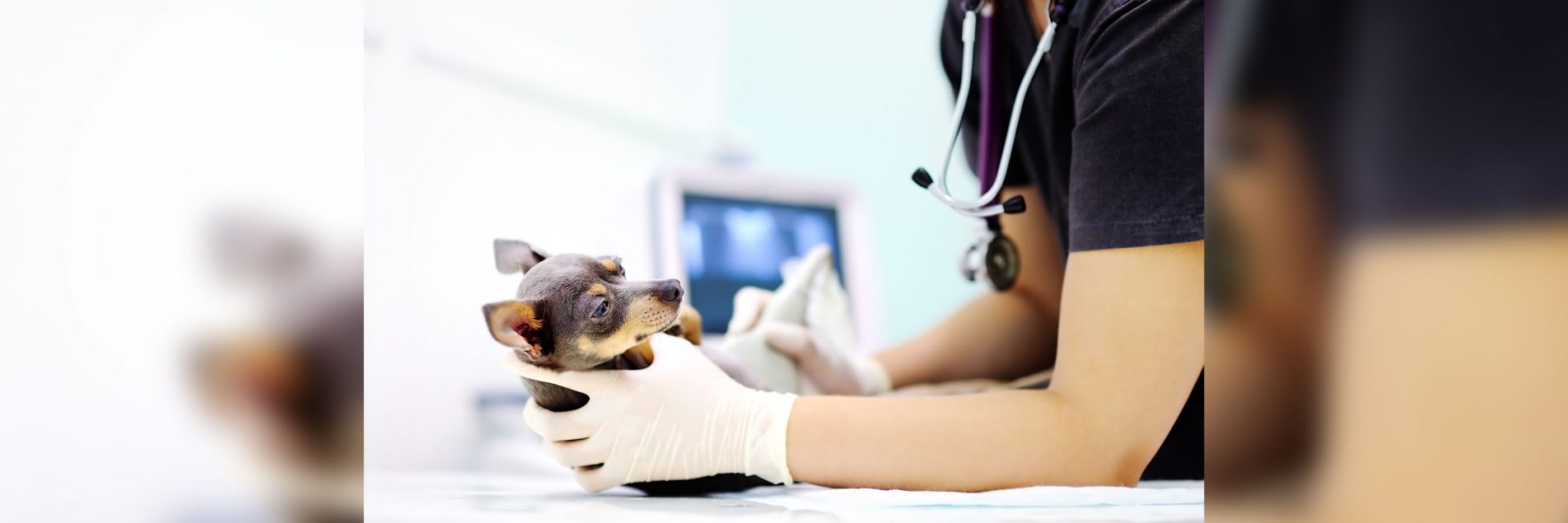Ultrasounds and your pet
Ultrasonography, or ultrasound examination, is becoming more readily available within vet practices. An ultrasound is a painless procedure that produces images of the body to allow vets to take a closer look at your pet’s health.
How does ultrasound work on pets?
High frequency sound waves are emitted by an instrument called a ‘transducer’ placed on your pet’s body. These waves are reflected back as echoes from the structures in the body and are picked up by the transducer. A computer converts the echoes into visual patterns which reveal the size, structure, and development of organs. The images are displayed on a television-type monitor during the examination and may be captured electronically as instant pictures or recorded on videotape.
There is little-to-zero discomfort for your animal during these examinations, although areas of hair may have to be clipped and coupling jelly applied between the transducer and your pet’s skin. Sedation or general anaesthesia may be required in some cases, to keep the patient still enough for a detailed examination.
How can an ultrasound help my pet?
Many of the internal organs can be scanned non-invasively including liver, kidneys, bowel, spleen, bladder, prostate, uterus, and heart. Information can be obtained on the size and texture of organs, which aids in the diagnosis of disease.
The ultrasound may also be used to guide a minimally invasive biopsy probe that enables collection of tissue samples without the need for large abdominal incisions. Ultrasounds provide the most reliable form of pregnancy diagnosis for dogs and cats.
Some organs require the expertise and specialised technology of a Veterinary Specialist Ultrasonographer to image and assess. The adrenal glands and pancreas are two organs that may fall into this category.
In addition, Colour Doppler Ultrasound is a technology that allows the measurement of directional blood flow through the heart, as well as blood flow velocity. This information is important in the assessment of some heart defects, especially heart disease of kittens and puppies.

